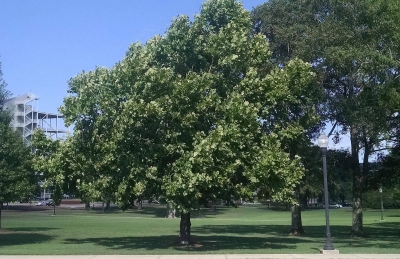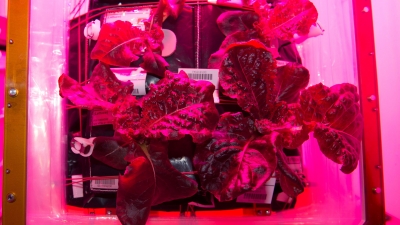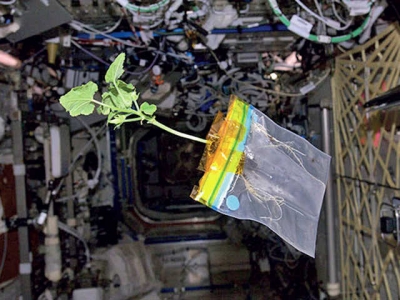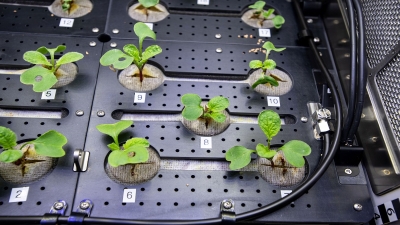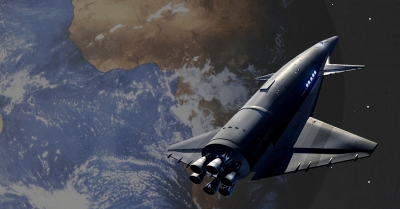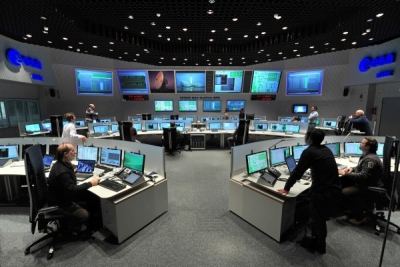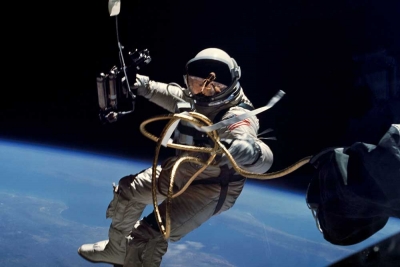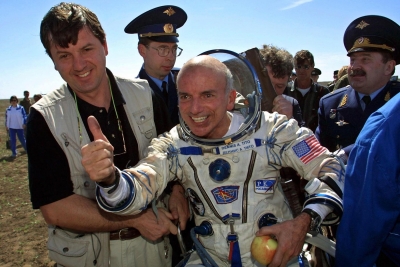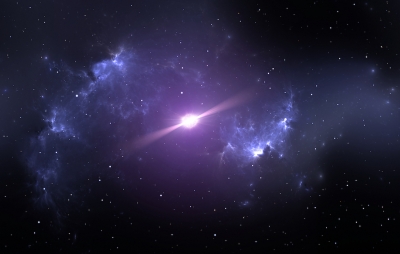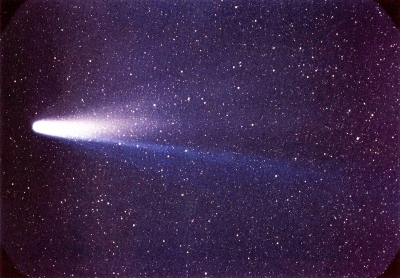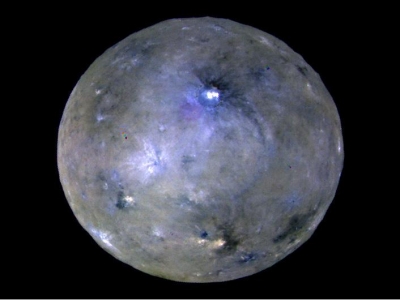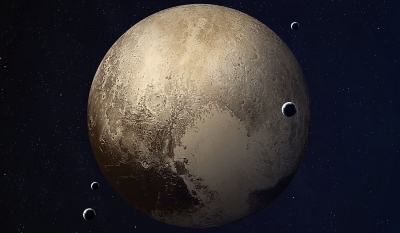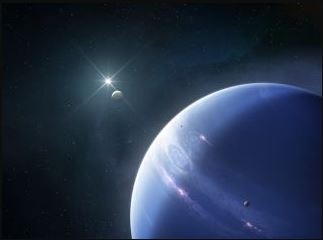When was the indigenously developed first Agni missile tested in India?

Agni I, India's first intermediate-range ballistic missile, was successfully test-fired for the first time in May 1989. It was inducted into service in 2004. It has a range capability between 700 and 900 kilometres.
Weighing 12 tonne with a length of 15 metres, Agni-1 has a range of 700–900 km and is capable of carrying a conventional payload of 1,000 kg (2,200 lb) or a nuclear warhead at a speed of 2.5 km/s. Agni missiles consist of one (short range) or two stages (intermediate range). These are rail and road mobile and powered by solid propellants. Agni-I is used by the Strategic Force Command (SFC) of the Indian Army. The latest missile test occurred on 13 July 2012, when India test fired Agni I successfully at Wheeler Island off Orissa coast. On 11 April 2014 the missile was test fired for the first time in a night trial exercise to its full range of 700 km from the Wheeler island off the Odisha coast. The missile randomly picked from production line was test fired by the Strategic Forces Command after 11 pm. This test was first night after 2 previous test failed due to technical glitches. The missile was test fired from a mobile launcher with logistics support from DRDO at the Integrated Test Range as part of the regular training exercise by the armed forces.
With a special weapons loadAgni-I can reach 1200 km. As compared to Agni-II, Agni-I is less costly, simple, accurate and more mobile.
Picture Credit : Google
